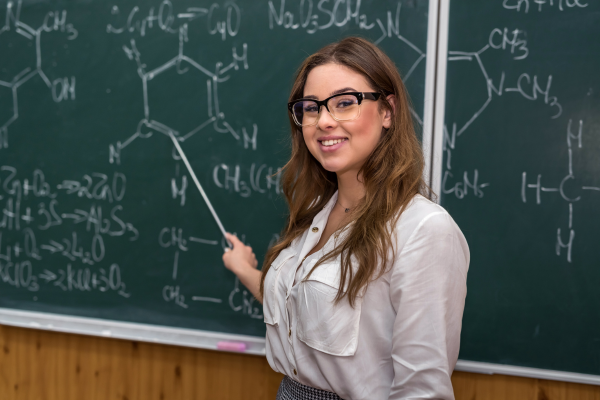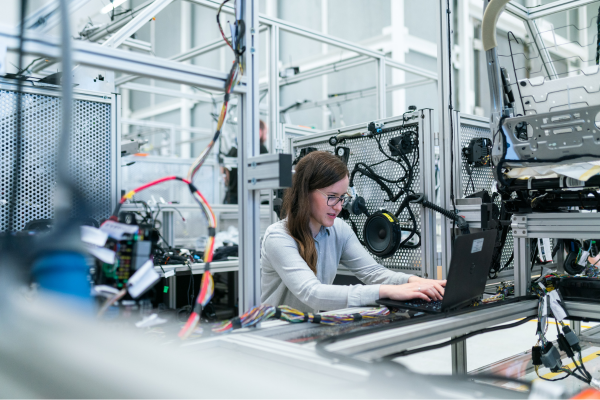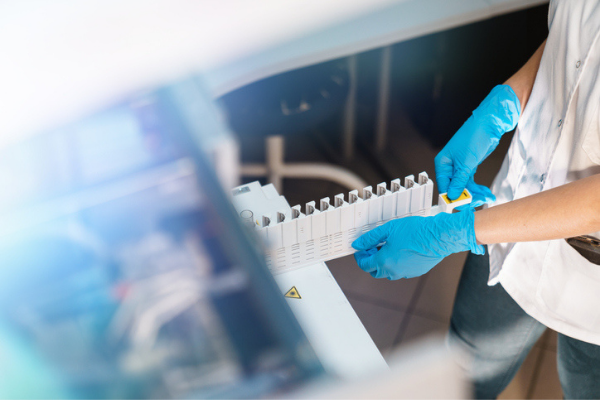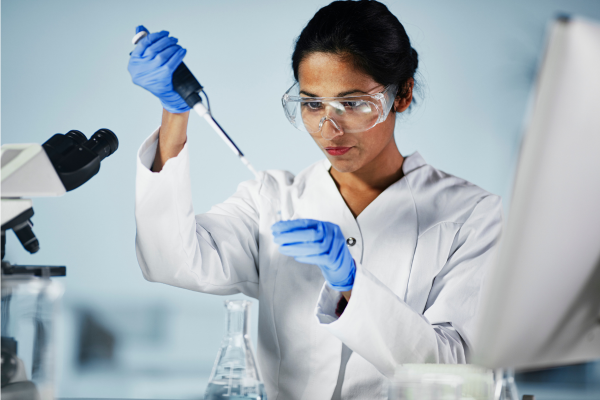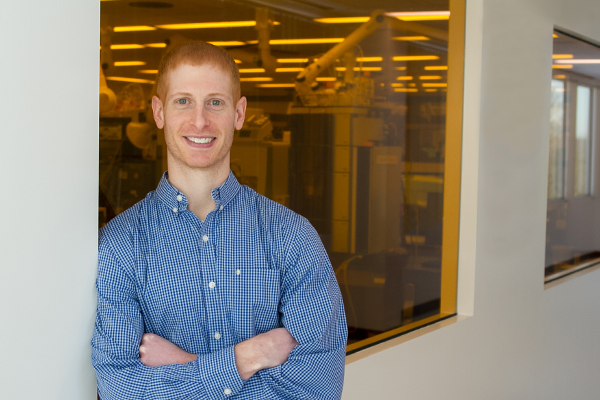By: Neil Savage, special to C&EN
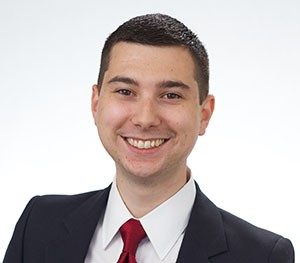
Joe Landolina got his start in chemistry early. His grandfather had been an executive at pharmaceutical giant Roche but left to start his own winery, which included a lab for testing pH, trying to regulate the growth of yeast, or using enzymes to fine-tune the wine. “From the time I could walk I was working in a lab alongside my grandfather,” Landolina says.
As a high school student, he took part in a summer chemistry program at Columbia University, using polysaccharides to build a matrix for human cells. Fascinated by the idea, he went home and tried to replicate the scaffoldings from materials in his grandfather’s lab, but he failed. He did, however, cook up an algae-derived polymer that would transition from liquid to solid and stick to human skin. At 17, as a first-year student at New York University, he entered his discovery into a business plan competition, won, and used the prize money to found his own company. He followed a BS in biomolecular and chemical engineering with an MS in biomedical engineering, also from NYU.
Nine years later, he’s the CEO of that company, Cresilon, with six patents, almost 50 employees, and $30 million in funding. The New-York based company is initially selling its liquid bandage, Vetigel, to veterinarians, and Landolina hopes to begin selling it as a quick way to stanch wounds in humans sometime in the next year. There are other products that stop bleeding, but, he says, “this is the only thing that does it immediately and the only thing that does it without pressure.”
The blend of two plant-based polysaccharides is applied as a liquid and hardens in less than 10 s, sealing the wound to allow a clot to form. Because it’s nonporous, it can later be peeled away and leave the clot intact. Once it’s proven for trauma, which has a lower bar for US Food and Drug Administration approval, Landolina hopes to provide it for other medical uses.
What’s in your lab coat pocket?
A notebook, to jot down ideas.
What’s your favorite experiment?
The meat experiment. We took a piece of meat and pumped blood through it, to show our algae-derived polymer could stop the flow. We filmed that on an iPhone 4 in my dorm room.
What’s something you can’t live without?
My team. Without the scientists we have here, we wouldn’t be able to move forward.
Is there a problem that keeps you up at night?
I’m just constantly thinking about improving what we have and how it fits the needs of the patient.
Who’s your mentor?
My grandfather, John Baldwin, of Baldwin Vineyards.
Who’s your science hero?
Nikola Tesla. As a kid, reading about his accomplishments was one of the things that pushed me toward science.
What’s the best advice you’ve received?
Always sleep on a big decision. Something that isn’t going to be there the next morning isn’t an option worth taking.
What’s the patent you’re most proud of?
The first one. I had a friend draw a diagram on a whiteboard and I took a photo, and that ended up in the patent. You can see little artifacts of what it used to be.
How do you deal with stress?
I live about 4 mi (6.4 km) from the office, so I walk about 10 mi (16.1 km) a day. It just gives me a way to decompress.
What do you do for fun?
I love food and wine and do a lot of traveling for wine collection.
What do you look for in a wine?
A really good story.
What’s your favorite wine?
It’s from a Lebanese winery, Chateau Musar. The founder moved from France during World War II and set up a Bordeaux-style winery.

Neil Savage is a freelance contributor to Chemical & Engineering News, the newsmagazine of the American Chemical Society. This interview was edited for length and clarity.

